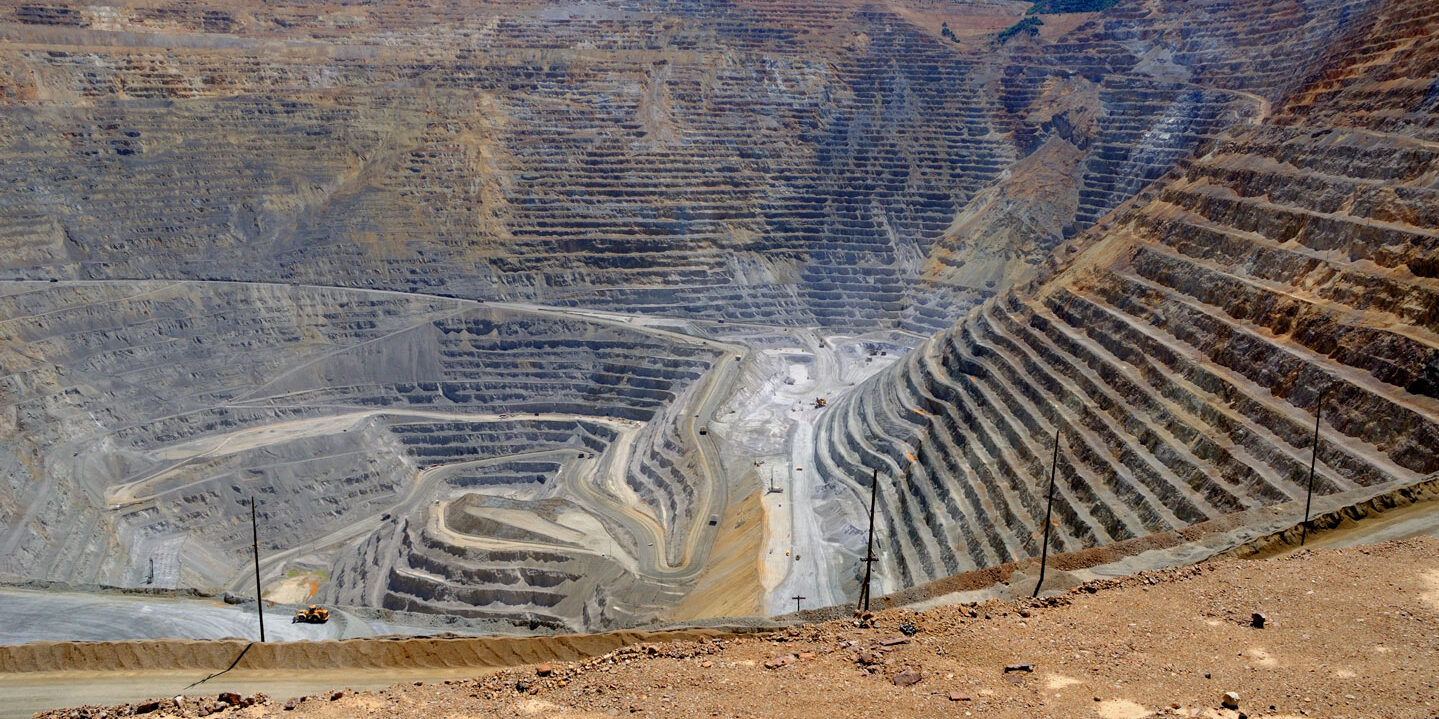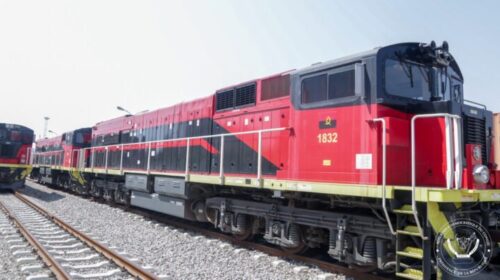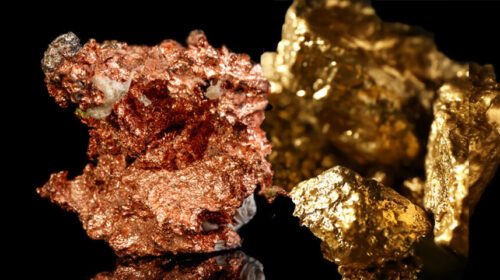DRC: in 2018, the mining sector generated USD 1.78 billion in public revenue (report)
The mining sector in the Democratic Republic of Congo (DRC) generated an estimated US$1.78 billion in government revenue during the year 2018.
Compared to the revenue generated in 2017, this amount collected in 2018 increased by 9.1%.
This is at least what emerges from the 2018, 2019 and 1st Quarter 2020 report of the Extractive Industries Transparency Initiative (ITIE DRC).
According to this report, in 2019, a strong downward trend was observed in the mining sector to reach a peak in 2020 due to the consequences of the Covid-19 pandemic. A timid economic recovery began during 2020.
According to the revenue forecasts of the 2021 Budget, the central government expected revenue from the mining sector of around USD 1.389 billion, or 31% of total current revenue.
In addition to the increase in production, the DRC’s mining sector has again recorded progress
following remarkable progress, as noted by the EITI in its report:
• the creation of the national geological survey (SGN-C);
• the revision of the mining royalty rates and its terms of distribution;
• support for the contribution of the mining sector to the development of the Provinces and
Decentralized Territorial Entities (ETD) where the mining activity takes place thanks to the application of the mining royalty rate distributed as follows: 50% acquired for the central power; 25% for the Province; 15% for the Decentralized Territorial Entity; and 10% for the Mining Fund for Future Generations.
While at the provincial level the mining royalty represents more than 50% of the
mining revenue collected, it constitutes more than 10% of the mining revenue collected at the national level and more than 16% of the total mining revenue of the DRC during the period under examination. In this study.
It should be remembered that the mining royalty paid by the Holder is deductible from the
tax base for tax on profits and profits (art. 255 CM). This calls for
the establishment of efficient mechanisms and procedures for the collection of
mining royalties.
The disparities, as better highlighted, between the declared revenues paid by the mining companies and the quotas actually collected by the beneficiary entities, specifically the ETDs and the FOMIN, raise questions about the efficiency of the collection of this royalty.
The EITI lists more than twenty taxes, duties, levies and penalties levied in the mining sector by the three authorities (DGI, DGDA and DGRAD) of which six (6) report nearly 90% of all these taxes. .
These are, in descending order, tax on salaries, mining royalties, import duties, VAT, taxes on profits and surface area rights.
51 total views , 1 views today





